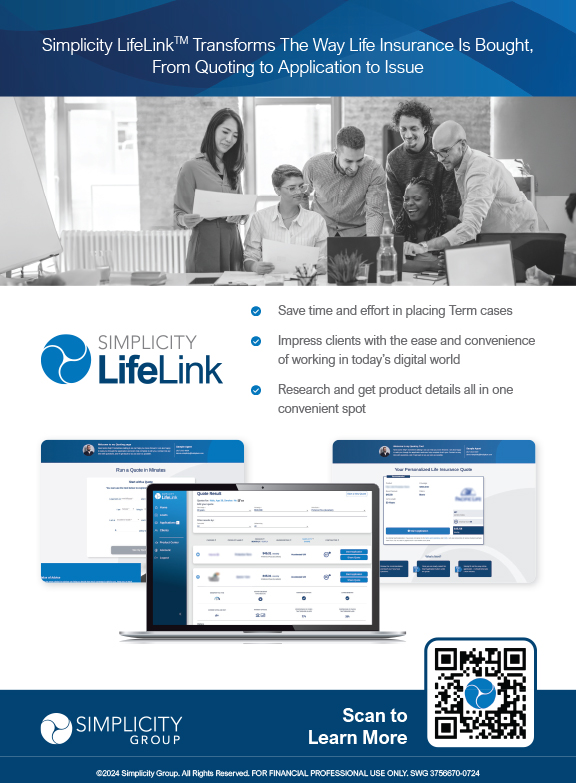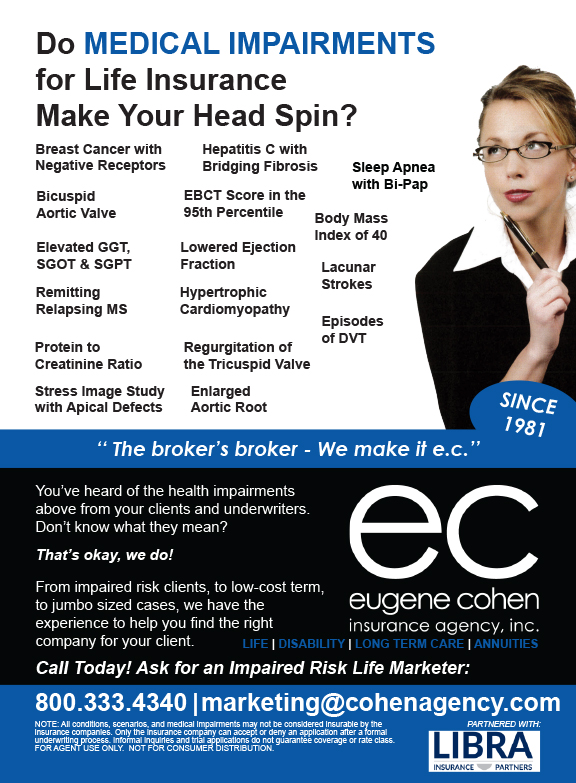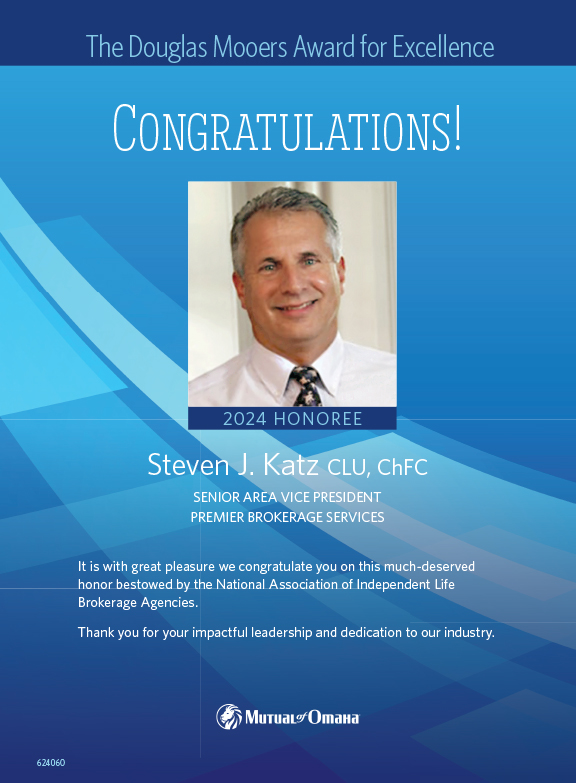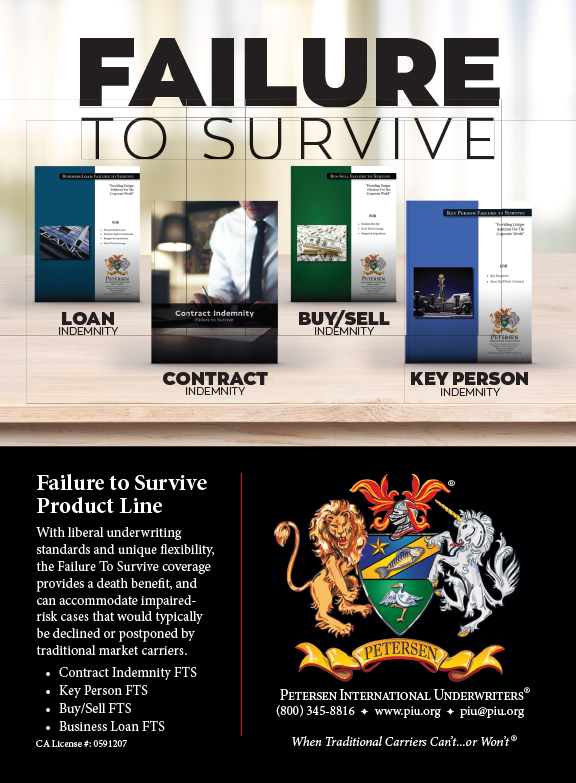In my previous articles, I have written about how we use generic direct mail as our primary marketing system. For us, no other method has been more consistently reliable and predictable as a source of revenue and meeting new clients. The year 2012 was an outstanding year for us, and the majority of our revenue and new clients came from carefully and consistently working a generic lead direct mail system.
In this article I want to address what I think is an important topic for producers who are looking for a way to grow their business, especially if they have never considered using a direct mail program.
If you have “tried” direct mail in the past and decided that it “doesn’t work,” may I suggest that you may have skipped a few steps in the five stages of change. By the way, your prospects go through these exact same stages when approached by you or any new advisor who is offering something new.
The first stage is pre-consideration. In other words, you may never have seriously considered a direct mail prospecting program. You may have heard from other advisors that it doesn’t work, isn’t the best option, is too “old school,” etc. Therefore, your level of consideration may be minimal or non-existent.
Think about the prospects who receive a mailing and actually take the time to read it. They, too, may not have been considering any change in their financial plan at all until the moment they opened the envelope. However, a compelling message or offer can immediately change that for them. This actually can work to your advantage in a world in which consumers are bombarded by Madison Avenue and Wall Street advertising on radio and television, newspaper advertising, seminar invitations and so forth. Direct mail is actually a great way to approach a targeted audience with a very simple message or offer.
The second stage of change is consideration. You may already be starting to consider direct mail as a prospecting method simply as a result of the previous few paragraphs of this article.
In the consideration stage, we think about the possibility of doing something different than what we are already doing, which is producing less than desirable results. The definition of insanity is doing the same thing over and over again but expecting different results.
The reason I love using generic direct mail marketing is that by planning and executing a very detailed strategy, I do the same thing over and over again knowing that I can count on similar or better results. In other words, it is reliable and predictable. The insanity would be not to keep doing something that has been working so well!
The purpose of a generic mailer is to get your prospects to respond. Once they do so, your job is to bring them along to the next stage of change by how you approach them and what you do in that process. Your approach should be geared toward bringing them value in the first interview (the subject of my last article, which appeared in the September 2012 issue of Broker World) and at that interview to get them to consider changing the way they are doing things now.
The third stage of change is planning. Beginning a direct mail program without a plan or a strategy for how you are going to work that plan is a recipe for failure. What I learned from much trial and error is that like any other business plan, a direct mail marketing strategy must be executed with the same set of processes and rules for success as any other marketing plan. We have organized our process from beginning to end to do that, which gives us a comfortable feeling, to know that we are in business every day because we always have people to call.
By building up an inventory of responders, we can supplement regular mailing with a drip campaign and invite potential clients to our client dinners. We only do dinner seminars as part of our coaching process for clients. They are invited to bring a friend and we back-fill those seminars with mailings to our direct mail list of people we haven’t closed, or with whom we were not successful in obtaining an appointment.
Your prospect may not have been considering a change, but at the first interview your job is to get them to do so. How you do that is critical. We show our prospects a very simple method for retirement income planning that involves them in the process. Once we put the plan together with them, they are not investing money or purchasing annuities, life insurance, long term care, or other products, they are implementing a plan that they had input in developing along with us.
The fourth step of change is action. Once you have decided to implement a direct mail marketing strategy, it is important to commit to a plan of action. All of the steps for selecting your market, what you will mail, what you will say to responders on the phone and how you will handle each interview must be laid out in a plan of action. Implementing a plan that has been played out beforehand is much easier than doing so on the fly. Believe me. I learned this the hard way and now every step is organized.
Your prospect will be more than willing to take action on a plan than they will be to simply buy a product. That’s why we use the planning software we use. It is not one of those long, boring, multi-page boilerplate financial plans we have all seen. Those plans are rarely read and, if so, are seldom understood by the majority of prospects. What we have found, however, is that involving them in the actual planning process motivates them to implement that which they helped to create. The action step is a logical and much less emotional decision.
Finally, the fifth step of change is maintenance. This is, unfortunately, where most of us fail, myself included. I can’t tell you how many marketing programs I’ve “tried.” I will say that when I decided to make a commitment to a direct mail marketing strategy, I did so with the determination that we would make it work. Now that we have a practice that is thriving, and at times we are too busy to do so, we continue to mail consistently, knowing that we will find great new prospects and gain new clients. In other words, “trying” is not an option.
Maintaining a consistent direct marketing program is the key to its success. There will be bumps in the road. We have learned, however, that these bumps are an opportunity to learn and grow.
Your prospects expect you to be there to maintain the plan. The number one complaint about our industry is that we sell ’em and forget ’em. That’s the worst possible thing you can do!
You must make a commitment to see your clients on a regular basis. Whether that involves one-on-one meetings or inviting them to quarterly coaching events, it is critical that you stay in touch and be available to help them maintain their faith, trust and confidence in you. You will be amazed at the goodwill this brings, along with the satisfaction of building a growing practice. Follow-up is one area that our industry needs to improve upon more than perhaps any other.
So there you have the five stages of change: pre-consideration, consideration, planning, action and maintenance. Where are you? Maybe it’s time to consider a change in your marketing strategy!
Good luck and good selling!
























